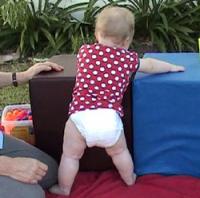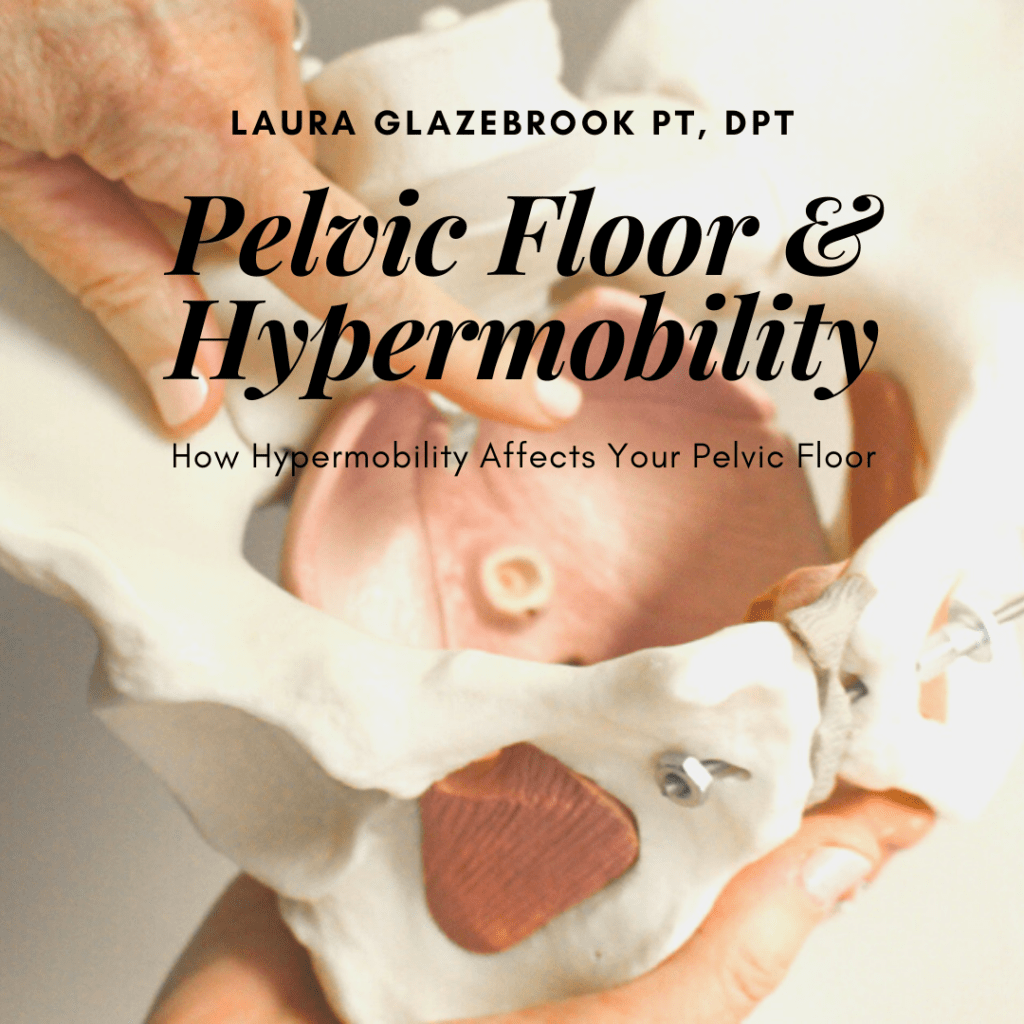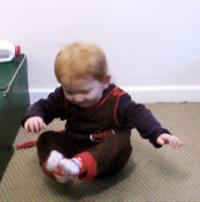hypermobility in babies arms
The term generalised joint hypermobility GJH is used when a child has several joints that are more flexible than usual. Soft smooth skin that may be slightly elastic stretchy.

How Hypermobility And Low Muscle Tone Affect Your Baby S Development Skills For Action
Your child has joint hypermobility if their joints are more flexible than usual for their age.

. Common symptoms include joint hypermobility affecting both large elbows knees and small fingers toes joints. Hypermobility in babies. Multiple developmental pathways for hypermobility in infants Babys position at the time of birth.
Especially at baby groups as I wouldnt be. Joint hypermobility is usually hereditary and occurs more frequently in children. It most often involves large joints such as the knees or.
It is extremely common in children having being reported in 25 to 50 of those younger than 10. Specific heritable disorders of connective tissue like Ehlers-Danlos syndromes Marfan syndrome Stickler syndrome osteogenesis imperfecta. Hypermobility syndrome is a term used to describe overly mobile joints which occurs as a result of the protein collagen being more flexible than usual.
Hence being incapable of pulling himself to stand this requires collossal strength and stability around the joints or sitting back down again when he was little prior to. The ability of a joint to move beyond its normal range of motion is joint hypermobility. Joint hypermobility means that you can move some or all your joints more than most people can.
Symptomatic hypermobility can be due to. The pain is more common in the legs such as the calf or thigh muscles. It is not unusual.
This condition is called benign joint hypermobility syndrome or simply joint hypermobility syndrome. Infant hypermobility is a common asymptomatic condition in children under the age of 5 that causes joints to move outside their normal limits. Joint hypermobility syndrome is when you have very flexible joints and it causes you pain you may think of yourself as being double-jointed.
Hypermobility varies on a spectrum of. Babies with ligamentous or joint hypermobility present joints that are less firm and bend easily and are often diagnosed with low muscle tone. It usually affects children and young people and.
It is particularly frequent in youngsters with 28 to 50 percent of. In joint hypermobility the tissue that connects the joint is. Fully developed full-term newborns are often delivered lying down with their.
This can be very common in children 10-15 and usually decreases with age. This can also be called being double-jointed. Learn about causes symptoms and treatments.
Hypermobility is defined as a greater range of movement in several joints than is normal for the persons age. Hypermobility refers to an increased range of movement in multiple joints for their age. This happens when the connective tissue which makes up the.
Children or young adults with hypermobility have joint pain.

Hypotonia Why Milestones Are Harder For My Third Baby Cando Kiddo

How To Recognise Joint Hypermobility In Your Child My Strong Little Body

How Hypermobility And Low Muscle Tone Affect Your Baby S Development Skills For Action

What Is Hypermobility In Babies Children Young Adults Therapy Stars

Is My Child Double Jointed Understanding Joint Hypermobility Or Pain

The Pelvic Floor Hypermobility One On One Physical Therapy

Hypermobility Syndrome Explaining The Invisible Illness

How Hypermobility And Low Muscle Tone Affect Your Baby S Development Skills For Action

How Hypermobility And Low Muscle Tone Affect Your Baby S Development Skills For Action

How Hypermobility And Low Muscle Tone Affect Your Baby S Development Skills For Action

How Hypermobility And Low Muscle Tone Affect Your Baby S Development Skills For Action

What You Should Know If Your Child Is Double Jointed Orlando Health Arnold Palmer Hospital For Children

What Is Hypermobility In Babies Children Young Adults Therapy Stars

What Is Hypermobility In Babies Children Young Adults Therapy Stars

Down Syndrome Or Trisomy 21 Therapies For Kids

Hypotonia Why Milestones Are Harder For My Third Baby Cando Kiddo


